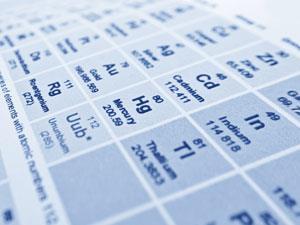Teams in Japan, Russia and the US credited with discoveries

Confirmation of four new elements completes seventh row of periodic table was first published by Chemistry World.
Teams in Japan, Russia and the US credited with discoveries

Confirmation of four new elements completes seventh row of periodic table was first published by Chemistry World.
No comments yet